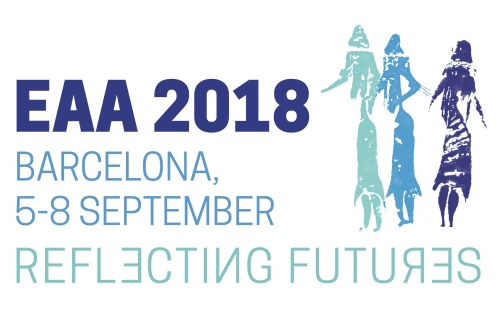On the road in June: conferences & books on Prehistoric bodies (and a goat in a sweater)
Over the past month I’ve been travelling between countries, and cities, gathering some recently released books & news on projects dealing in various forms with Prehistoric bodies. These are some of the highlights:
Paris UISPP Conference, 4-9 June
My research focuses on interpreting settlement human remains from the Balkan Neolithic, and has thus far been divided between evaluating current interpretation – from DNA based narratives (see article published ), to new materialism takes (article in press)-, to a re-evaluation of the archaeological discoveries per se. On the latter I did a recent presentation during a very interesting workshop led by Prof John Robb in Cambrige on Commingled Human Remains in Settlements, with Jess Beck, Ioanna Moutafi, Jess Thompson, Argyro Nafplioti & Leah Damman; more to come soon! In Paris I gave a talk focused on the first part of the project, namely on:
In their latest article, Þora Petursdottir and Bjørnar Olsen (2017) write: ‘Like drift matter on an Arctic shore, theories are adrift. They are not natives of any particular territory, but nomads in a mixed world’. They then continue to compare the theories’ adrift-ness with that of wood lying on a beach shore, which in turn prompts a meditation on ‘hybrid assemblages’ and ultimately a posthuman condition. While this text makes an enjoyable poetic reading, it is rather representative for a number of works which raise important epistemological concerns- works that have been labelled under the banner of ‘the new ontological turn’. These strands of thought have permeated archaeology via the works of Gilles Deleuze, Bruno Latour, Donna Harway, Viveiros de Castro or Manuel DeLanda. However, the above assertions are highly problematic. Caught between ontological axioms and ‘practice focused’ approach, many of the new materialist/posthuman attempts end up as being mere poetic reflections, but with very little to add in terms of understanding what have made past assemblages be as they are. It is my goal in this paper to discuss what I see as the main problems for how archaeology frames its relation to the past in light of such works: (1) they raise important epistemological concerns, as they are advancing a world-view which has no criterion for validation or evaluation of the advanced hypothesis; (2) these accounts fail at opening up an inquiry to the elaboration of further hypothesis; instead, the focus seems to be on elaborate descriptions); (3) they seem to be using traditional archaeological concepts-agency, theory, context,- with a different, often times unhelpful or ambiguous, meaning. Ultimately, the implication is that while militating for a more inclusive ontological perspective, in reality they fall short exactly in providing a room for acknowledging the alterity of the past. Therefore, I take their case as a starting point for a critique of the function attributed to ‘theory’ in the latest strands of thought in archaeology.
And some snapshots from the scene:
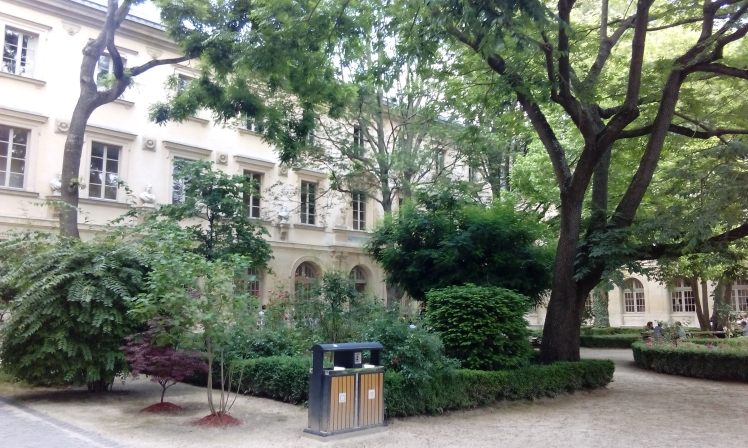
Two recently released books that I got in order to learn more about different academic schools’ perspectives on human remains, old or new- the Portuguese & the French. It should also be noted that Paris has great bookstores for academic books, especially the Anthropology-social theory section.
On this note, two other French books of good use to taphonomic discussions of human remains deposits:
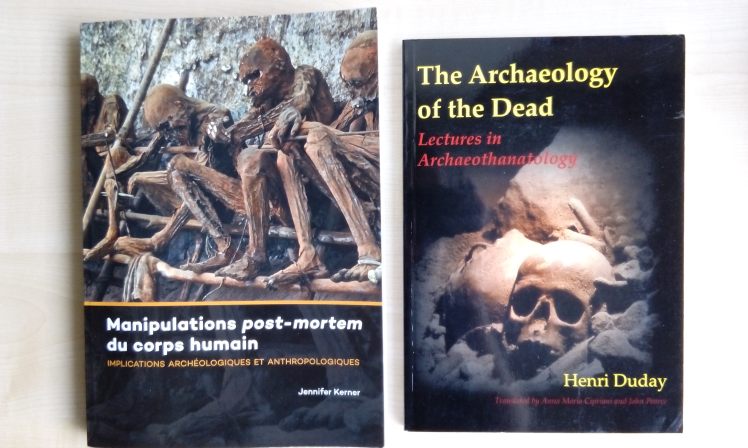
…And a taste of Paris life:
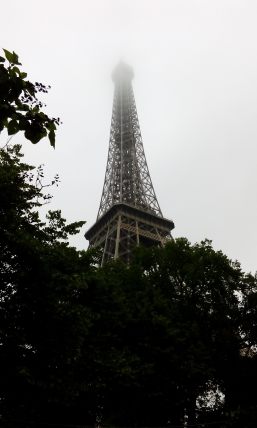
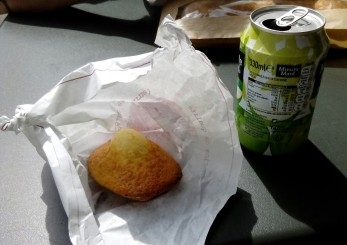
Bucharest
After Paris, and Cambridge where I ran the ‘Can science accommodate multiple ontologies? The genetics revolution and archaeological theory’ Workshop (11-12 June 2018), I spent a short time in Bucharest. It was enough to discover:
That Bjørnar Olsen is giving the city as an example in his book
Two (seems to be the key no.) recent titles on Neolithic settlements in Southern Romania
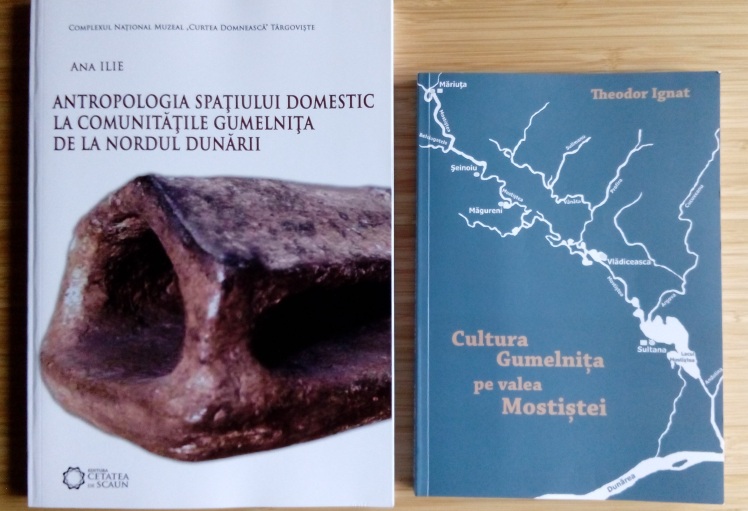
And to network a little at the opening of The Society for Romanian Studies international conference- though I was sorry that I had to miss the round table I should have been part of: ‘Whither Romanian Anthropology?’ organised by James Kapalo, and Narcis Tulbure.
Manchester ‘Grave Matters’ conference, 29 June
This one day international event was part of the ‘Grave goods: objects and death in later prehistoric Britain’ project (by Duncan Garrow, University of Reading, Melanie Giles, University of Manchester, and Neil Wilkin, British Museum) which ‘focuses on material culture in graves and other formal mortuary contexts in Neolithic, Bronze Age and Iron Age Britain, c. 4000 BC to AD 43’. The line-up sounded eye-catching, with names including Daniela Hoffman, Katharina Rebay-Salisbury, Laurent Olivier, and many more.
I was interested to hear about the ways in which researchers working on materials from throughout Europe (Germany, Austria, France, Netherlands, UK) tackle similar problems as the ones I encounter (e.g. Prehistoric structured depositions in pits including human remains vs those that don’t, fragmented human remains, cenotaphs etc.). It was just a pity that many of the presentations turned out to be quite conservative, and focused more on broader reviews of data, then pushing for a new take on the topic. Even so, it was interesting to hear them ‘live’, and Manchester city was a good place to be.
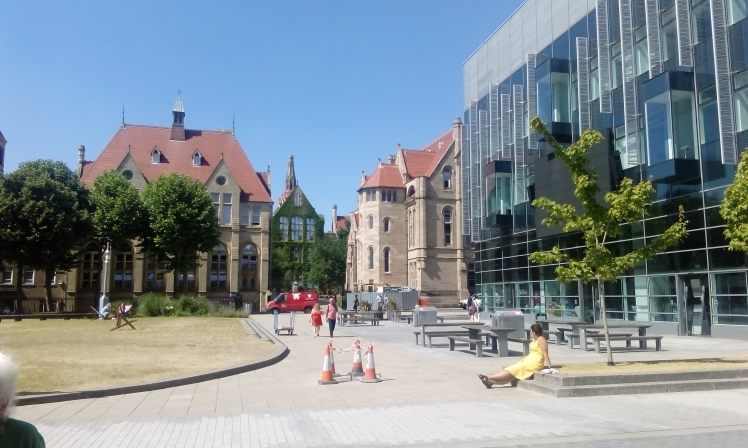
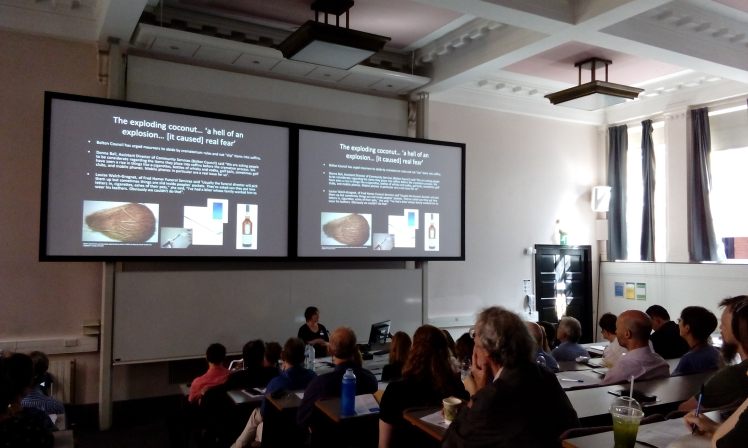

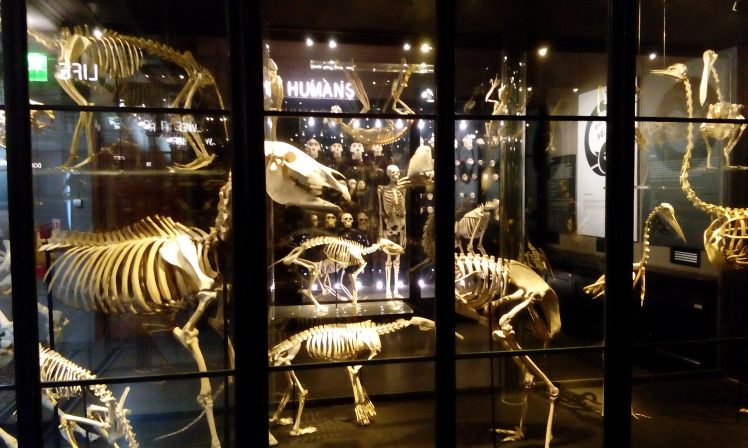
Fittingly or not, the one month road trip ended on a similar note as its beginning, in Manchester Museum contemplating a display which seemed to illustrate how one might envisage some Posthumanist narratives:
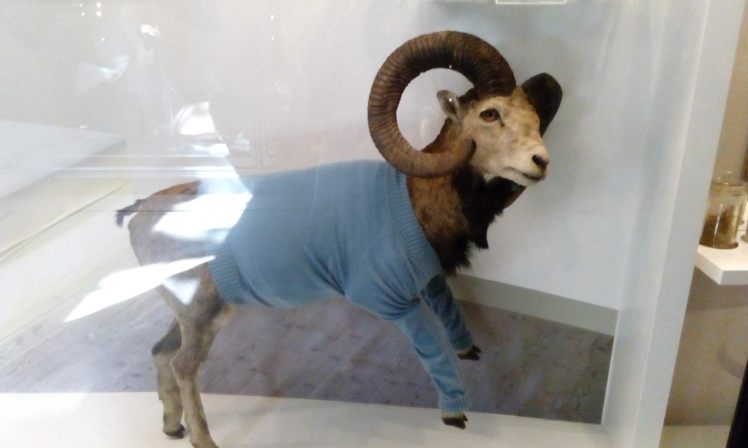
Taking part in all these events has been possible thanks to the funding from the European Union’s Horizon 2020 research and innovation programme under the Marie Sklodowska-Curie grant agreement No 701230, for which I am grateful.
______________________________________________________________________________
Pe drum in iunie: conferinte si carti despre corpuri preistorice (si o capra in pulover)
In luna iunie am participat la Paris la conferinta UISPP , 4-9 iunie. Cercetarea mea se apleaca asupra interpretarii osemintelor umane descoperite in asezari neolitice din Balcani si pana acum s-a impartit intre evaluarea tipurilor de interpretari recente, de la analize bazate pe ADN (vezi articol publicat ), si interpretari postumaniste (articol in press)-, la o revelauare a descoperirilor in sine (despre care am facut o prezentare recenta la un workshop interesant organizat de Prof John Robb in Cambrige pe tema Oseminte umane in morminte colective/ in asezari , cu Jess Beck, Ioanna Moutafi, Jess Thompson, Argyro Nafplioti & Leah Damman; mai multe pe subiect in curand!). In Paris am vorbit despre epistemologie si noile curente postumaniste.
In Bucuresti am gasit doua titluri recent publicate despre asezari Neolitice din sudul Romaniei (si o referinta a lui Bjørnar Olsen).
La Manchester am participat la conferinta ‘Grave Matters’, despre inventare funerare in preistoria europeana. Conferinta face parte din proiectul ‘Grave goods: objects and death in later prehistoric Britain’ si va fi urmata de o conferinta extinsa in luna mai 2019.









